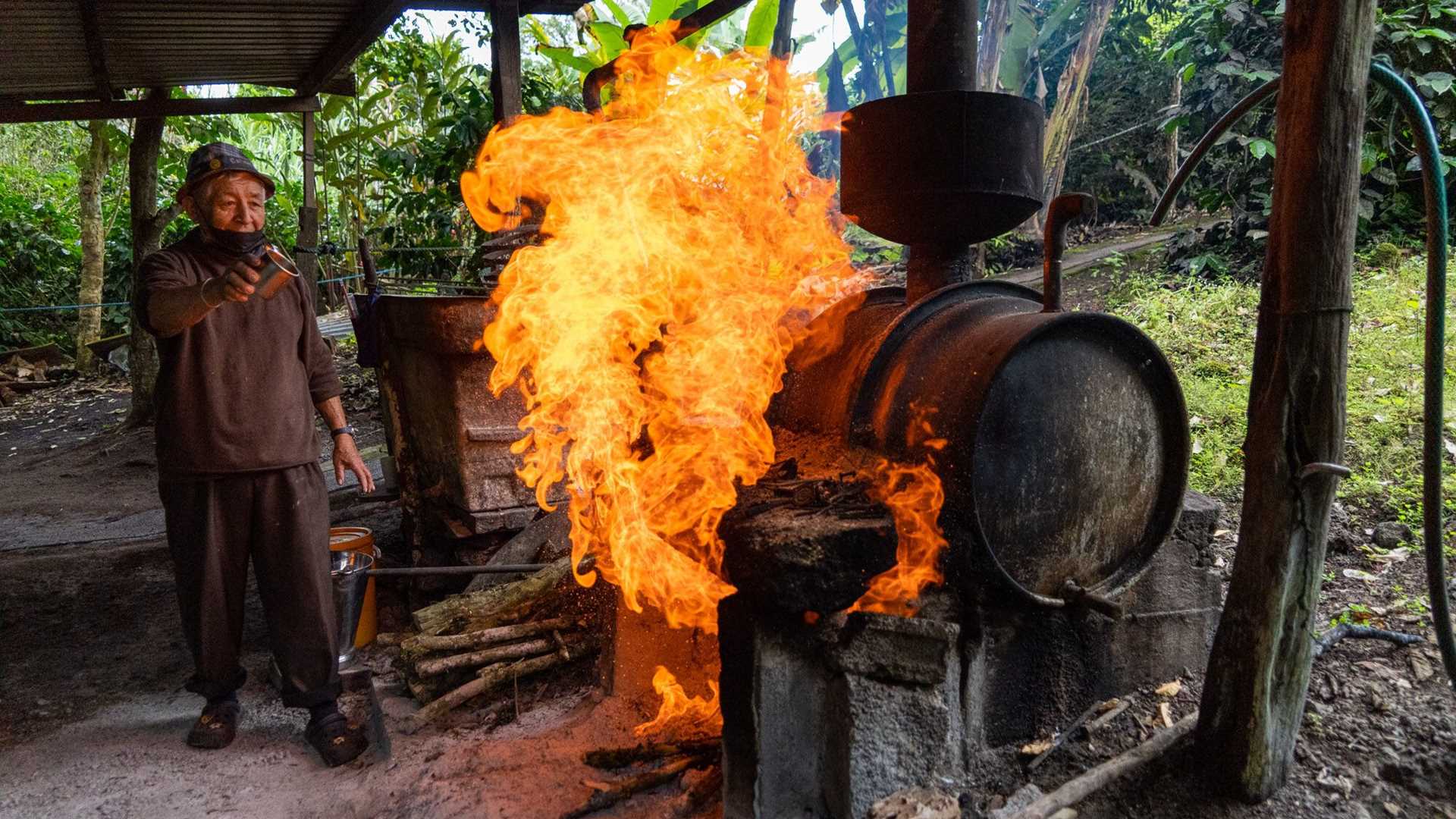Puerto Ayora is the largest town in the Galapagos and was the starting point of our adventure today. This morning, we visited the Charles Darwin Research Station and had the chance to see research in progress to save some of the critical endangered Galapagos tortoises. The famous, extinct “Lonesome George” tortoise was on display as a stark reminder of the impact that careless humans can have on the environment. However, the research station is conducting one of the most successful reintroduction programs in the world with great success. The afternoon was spent in the highlands of Santa Cruz Island with a visit to a sustainable coffee and sugar plantation. One of the highlights of the trip was the chance to see giant Galapagos tortoises in their natural environment. There were dozens of tortoises, ranging in all sizes, including some of the largest on the island, weighing in at over 400 pounds. It is humbling to see these magnificent creatures thriving in the wild and know that the residents are doing everything to protect these Enchanted Islands.
6/13/2025
Read
National Geographic Endeavour II
Genovesa Island
We started the day with excitement as we landed on the beautiful, pristine coast of Isla Genovesa - a true birder’s dream. Along the sandy beaches and steep cliffs of Darwin Bay, we were surrounded by an incredible array of birdlife. Frigatebirds soared closely overhead with their red pouches on full display, while Nazca and blue-footed boobies nested along the rocky ledges. Swallow-tailed gulls called out as we walked past. In the distance, we saw the stoic and elusive short-eared owl. The island was alive with color, sound, and constant movement. Between our excursions to Isla Genovesa, we snorkeled near Prince Philip’s Steps and discovered a vibrant world beneath the waves. Schools of fish swirled around us, a fur seal turned in the water as if dancing on cue, and sea lions relaxed nearby. As our last snorkeling adventure came to a close, we spotted a sea turtle resting calmly in a crevice. As the sun retreated into the sky on our last return to National Geographic Endeavor II, we reflected on the sheer magnitude of what we witnessed on our last full day. Isla Genovesa, like the other islands, gave us a connection to a sacred world. The harmony between land, sea, and sky reminded us how deeply interconnected, vital, and fragile these ecosystems are. Watching birds tend to their nests and marine life swim effortlessly, we were struck by how little space there is between wonder and reverence. We recognized that our journey wasn’t just about observing unique wildlife, it was about feeling part of something grander and beautifully ancient.







